How to Make Toast (And Why Most Projects Break Before Lunch)
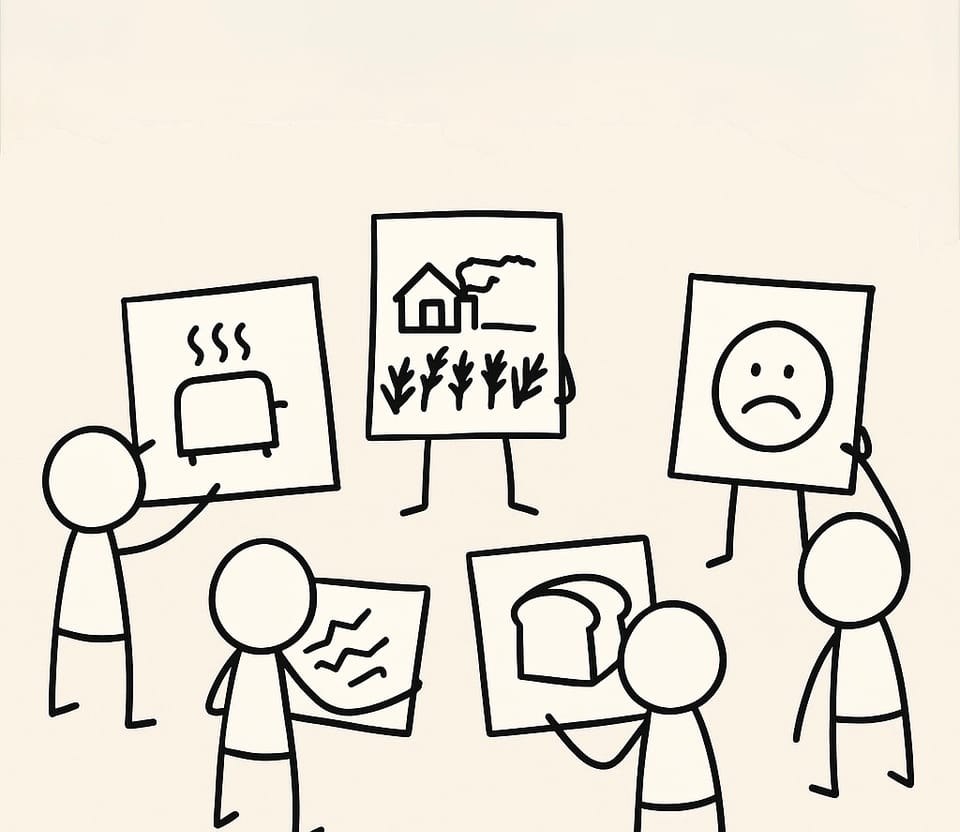
🔓 This post is free to read — part of the Ritual North public journal.
Read The Toast Series — 6 posts about systems, miscommunication, and drawing toast instead of guessing.
Explore the full series →
→ Next: Why Alignment Is a Lie
Toast Isn’t Actually About Toast
Everyone knows how to make toast. Literally everyone.
Or at least that’s what you assume—until you ask them to draw it.
Let’s be clear: this is not a metaphor yet. This is an actual, deeply weird exercise, and it’s called Draw Toast. It’s the brainchild of a man named Tom Wujec, who apparently spends his days trying to figure out why people ruin perfectly straightforward things.
It goes like this:
- Give your team pen and paper.
- Tell them, “Draw how to make toast.”
- Then stand back and watch humanity unravel.
The drawings usually start pretty normal. There’s always someone straightforward:
- Get bread
- Toast bread
- Eat bread
Then someone tries to be clever:
- Bread → Toaster → Electricity → Toast.
But then it starts getting weird.
- Farmer → Wheat → Processing plant → Bread supply chain → Amazon delivery drone → kitchen table → existential dread.
- Electricity grid → Toaster coil → Heat conduction → Smoke detector → Fire department → Home insurance claim → Toast (eventually).
And inevitably, one quiet person draws a stick figure standing in front of a toaster, weeping gently. No one ever knows how to address this.
Congratulations. You’ve just experienced your next project kickoff meeting.
Your Meetings Are Lying to You
This silly drawing experiment reveals an uncomfortable truth:
Every project, every meeting, every planning session is a silent exercise in misalignment.
You say, “We’re building toast.”
And everyone nods like it’s the most obvious thing in the world.
But inside each head is a completely different toast-shaped nightmare:
- Marketing sees artisanal sourdough on a marble countertop.
- Ops imagines mass-produced white bread rolling off a factory belt.
- Finance is quietly calculating the ROI of jam versus avocado.
- The product manager has already built an app that remotely starts your toaster (available now in beta).
All these versions of toast live silently in everyone’s heads, comfortably unchallenged, politely ignored, quietly misunderstood.
And then you start the project.
And then the wheels quietly come off.
Why Smart People Fail Silently
Projects don’t fail because your team is stupid. They fail precisely because your team is smart, too smart to admit they might not understand.
We’re scared to say:
- “I don’t know exactly what you mean.”
- “I’m not clear on what we’re actually building here.”
- “I’m sorry, but why are we even making toast?”
Instead, we smile, nod, and immediately open fifteen different Slack channels.
We think, “We’ll figure this out later.” (We never do.)
Then the project quietly drifts. Weeks pass. You check in:
- Marketing has launched a campaign about luxury breakfast experiences.
- Ops is tracking bread supply disruptions in Eastern Europe.
- Finance has cut your budget because it turns out artisanal sourdough has a terrible profit margin.
- The product manager’s toast app has a 2-star rating because it doesn’t actually make toast; it just talks to you soothingly while you make it yourself.
And now you have a mess.
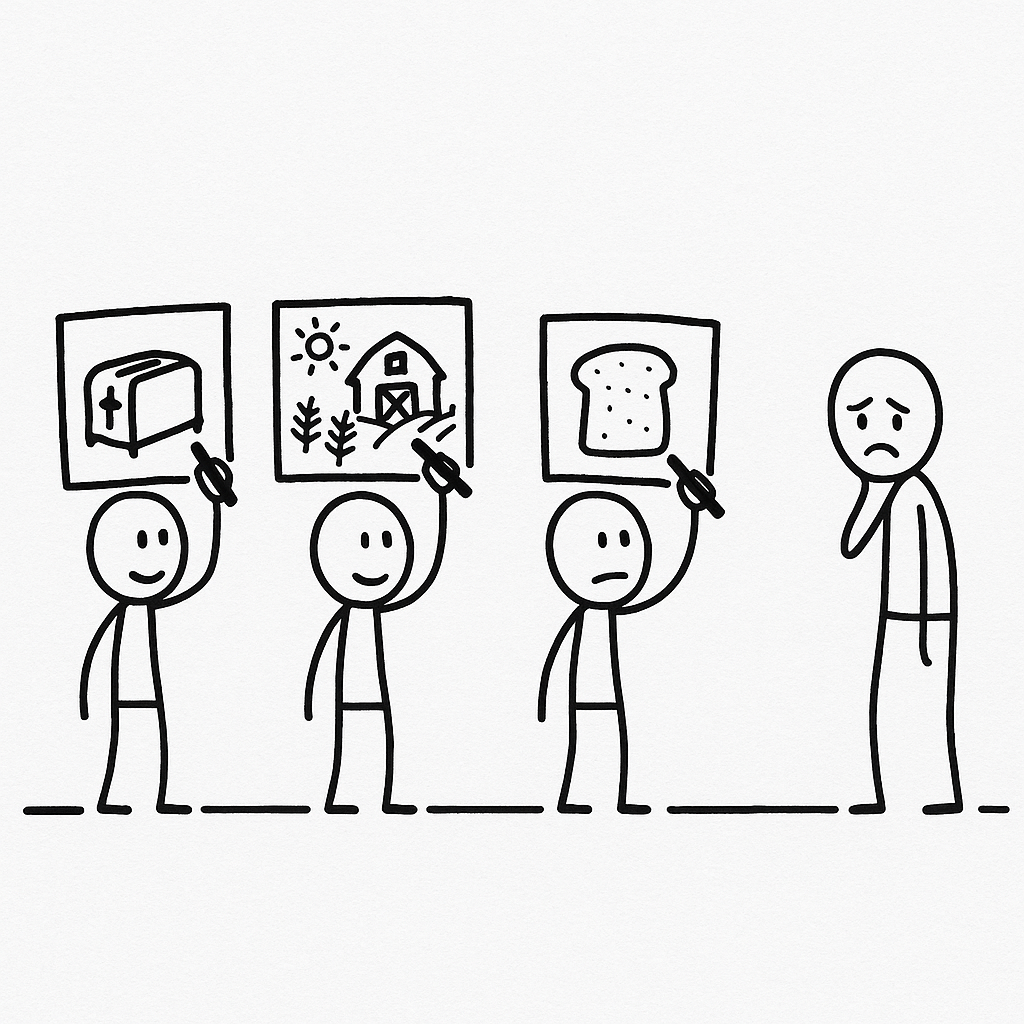
Everyone’s drawing toast. No one’s drawing the same toast.
How to Actually Fix This (No, Really)
Here’s where this gets practical and valuable (you’re welcome):
You fix misalignment not by “getting aligned” (whatever that means), but by getting explicit.
Next time your team starts something new, do exactly this:
Step 1: Admit you don’t trust each other’s toast.
Literally say: “I know this sounds simple, but let’s all quickly draw what we think we're actually building.”
(Yes, people will complain. Yes, it will feel weird. Do it anyway.)
Step 2: Actually draw it.
On a whiteboard. On post-its. Badly. With stickmen. Arrows. Whatever.
This is key: it must be visual. It can’t just be words on a slide.
Why visual? Because visuals expose assumptions instantly. You’ll immediately see:
- Who’s confused
- Who’s thinking too big
- Who’s trying to build toast with blockchain for some reason.
Step 3: Ask awkward questions.
- “Is this really what we meant?”
- “Does anyone think differently?”
- “What are we assuming here without saying?”
The goal here isn’t harmony—it’s clarity.
Clarity might sting a little, but confusion will hurt a lot.
Step 4: Redraw the map together.
Take everyone’s confused, overly ambitious, or heartbreakingly optimistic drawings and create a single, simple visual model everyone agrees on.
This becomes your actual, real shared map. It’s ugly. But it works.
Step 5: Repeat until nobody cries.
Do this at the start of every meaningful piece of work. Don’t assume you fixed alignment forever because you drew something once. Your toast will drift again, so re-draw often.
Final Thought: The Real Difference Between Good Teams and Great Teams
Every meeting has invisible toast diagrams. Every team has silent assumptions.
The only difference between teams that thrive and teams that drift apart?
Someone brave enough—or frustrated enough—to stand up, grab a pen, and ask:
“Does anyone else’s toast look weird, or is it just me?”
📌 Credit where it's due:
The original Draw Toast exercise was created by Tom Wujec—brilliant at exposing hidden assumptions through visuals. I’ve adapted it for teams quietly losing their minds everywhere.
Read The Toast Series — 6 posts about systems, failure, and why everything breaks quietly.
Explore the full series →
→ Next: Why Alignment Is a Lie
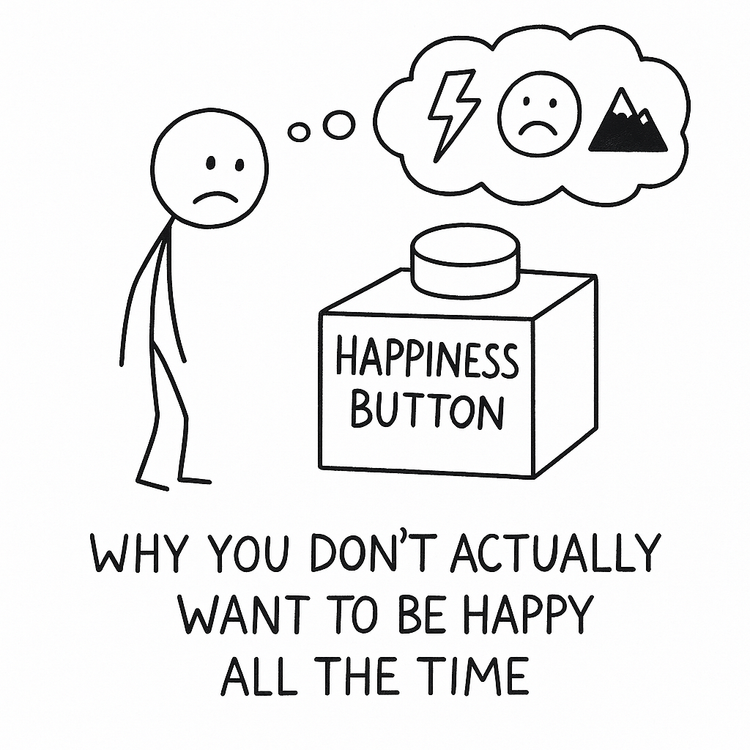
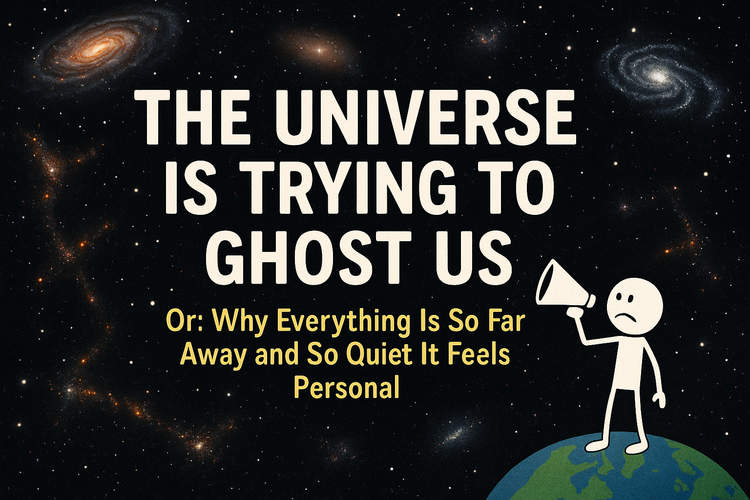
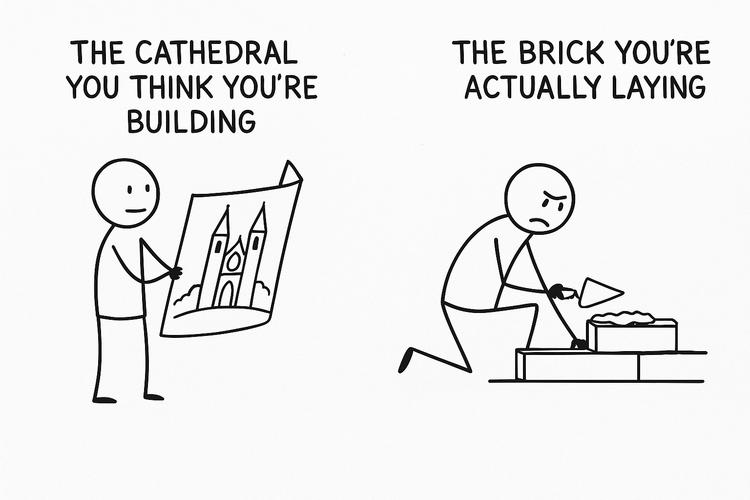
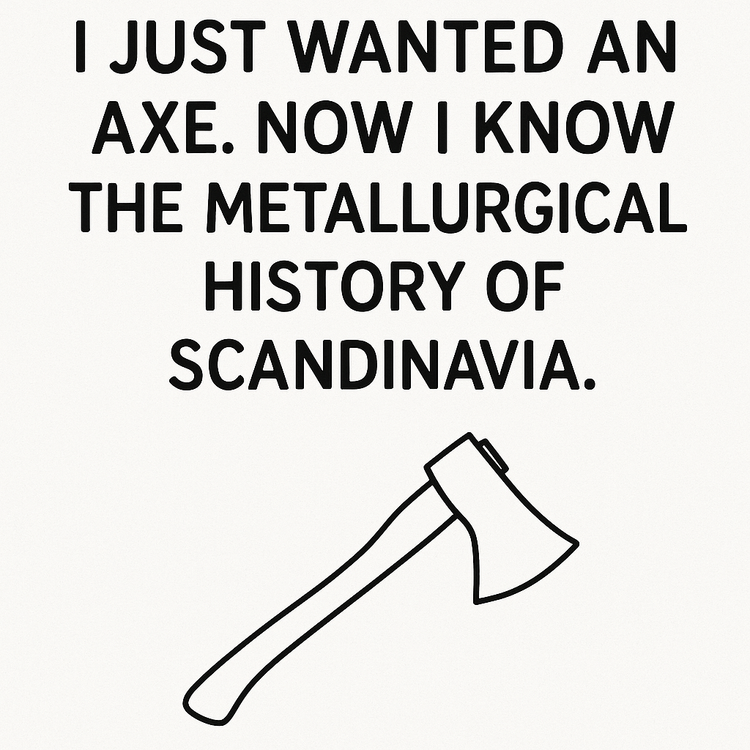
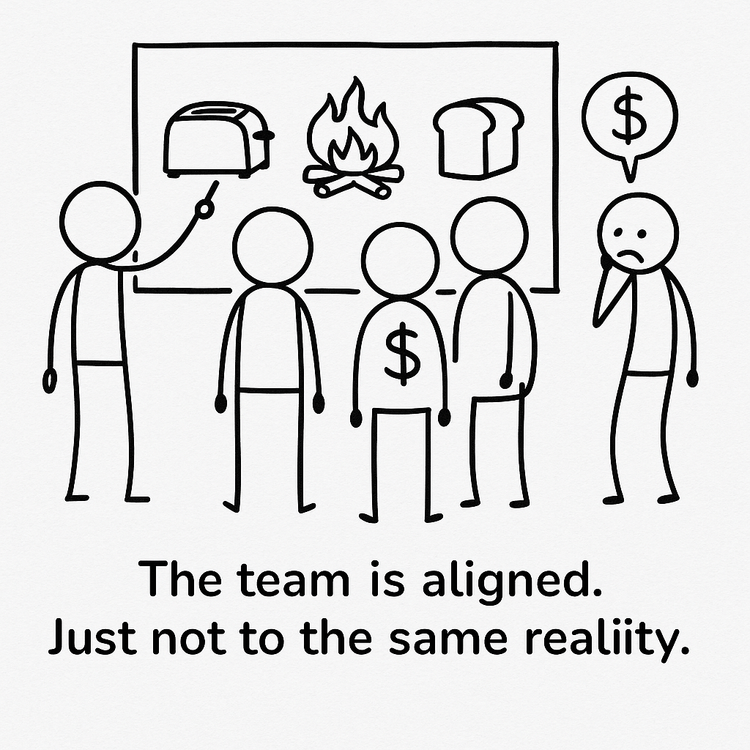
Member discussion